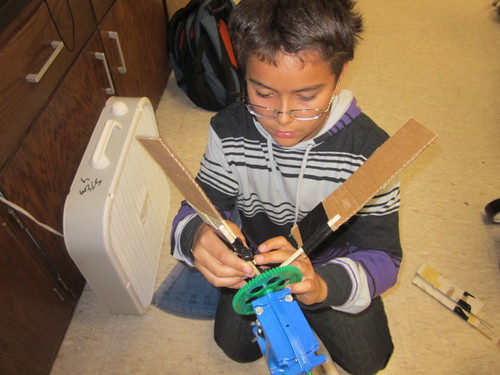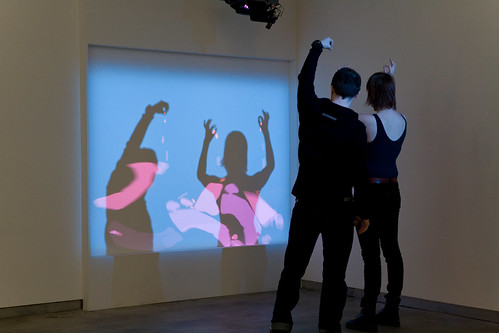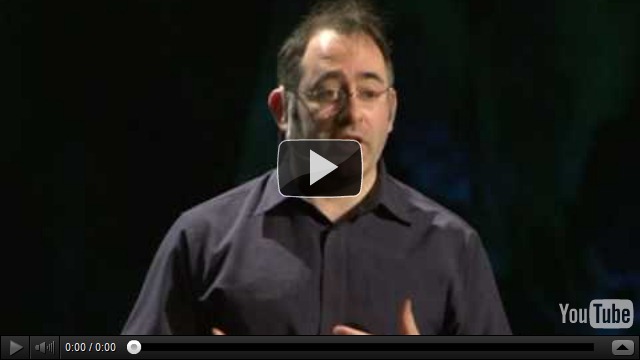

Manage Software Licenses
Autodesk offers 3-year educational licenses through the Academic Resource Center. License requests are managed for one institution at a time below. To request licenses for multiple schools or institutions, add more institutions to your ARC account or click My Institutions to switch to a different institution. If you do not have administrative access to computers for installation, add a contact to manage download and installation. << HERE >>>
The Education Master Suite 2015 educational license includes all of the software titles below:
|
3D modeling software for architects, designers, and civil engineers.
Industrial design tools for conceptual design and surface modeling.
3D digital sculpting and texture painting software.
The version of AutoCAD for architects.
Software for civil engineering design, analysis, and simulation.
AutoCAD software to design and document electrical controls systems.
Model-based mapping software providing access to CAD and GIS data.
Design and drafting software for automating mechanical CAD tasks. |
Drafting/documenting tools for mechanical, electrical, and plumbing.
AutoCAD software to design, model, and document process plants.
Raster image editing and raster-to-vector conversion tools.
3D conceptual design software to communicate design proposals.
3D mechanical CAD, visualization, and documentation software.
Project review software for coordination, analysis, and communication.
BIM tools for architectural design, MEP, and structural engineering.
Robot Structural Analysis Professional 2015 Structural analysis for large, complex structures. |
Rendering software for 3D design. Fluid flow and thermal simulation tools.
Fast, accurate, and flexible mechanical simulation tools.
Simulation Moldflow Adviser Ultimate 2015 Plastic injection molding simulation software.
Model-based electrical distribution design software.
CAD design, drafting, modeling, drawing, and engineering software.
Data management software to organize, manage, and track data.
AutoCAD Structural Detailing 2015 Structural engineering software for precise detailing and fabrication. |



![Autodesk_Logo_Software[1] Autodesk_Logo_Software[1]](https://blogger.googleusercontent.com/img/b/R29vZ2xl/AVvXsEjJ4ckakEW-bB2e42LExYg-U6OnPQrwfpkjBkCd0j1dumbh8WCxs7zl3xf8UAXe-rate-43MqONH0YmlSkCPDR1M4M00lZaiUX8tzhR6aVePzvErUxW7YQQUns7slqH3WD7TK2tXYyeAUvJ/?imgmax=800)
























![Techly-3d-printed-car-strati-990x500[1] Techly-3d-printed-car-strati-990x500[1]](https://blogger.googleusercontent.com/img/b/R29vZ2xl/AVvXsEguAKovQTSy76p6pD4TEGsK4OTMmGhA3bIAZK1aiJWLySjrV0ViUwjbHhCmb6JMFu3Ltargw4AfFeEeFkApt_bV1srLYcs16w7DT2KNN_Zh9S-26HsX8H-4Q5s1tp4YVwAvF2vFl7NpFSHf/?imgmax=800)
 Hmmm, the worlds first 3d printed car? The first thing I think is, the 3d printer has revolutionized prototyping, it is true. It puts prototyping in the hands of the ‘garage designers / inventors’ a total Game changer. And now, large-scale printing houses and cars? So Cool!!! Now will we ever get to the point where this is practical for actual product production – meaning economical option? I have seen 3d printed bikes and they were very delicate and not great for actual use. For prototyping, we are there, but for production we have a ways to go. Either way, new uses for 3d printers are reveled everyday and the direction we are going is just awesome!!! ~Cornell
Hmmm, the worlds first 3d printed car? The first thing I think is, the 3d printer has revolutionized prototyping, it is true. It puts prototyping in the hands of the ‘garage designers / inventors’ a total Game changer. And now, large-scale printing houses and cars? So Cool!!! Now will we ever get to the point where this is practical for actual product production – meaning economical option? I have seen 3d printed bikes and they were very delicate and not great for actual use. For prototyping, we are there, but for production we have a ways to go. Either way, new uses for 3d printers are reveled everyday and the direction we are going is just awesome!!! ~Cornell 

![3DTeacher-Icon%25255B1%25255D_thumb%25255B2%25255D[1] 3DTeacher-Icon%25255B1%25255D_thumb%25255B2%25255D[1]](https://blogger.googleusercontent.com/img/b/R29vZ2xl/AVvXsEigBEfZi_4FZluun2Aqx4ciqG72wGRk5SEPRifWgSYjuugifR91XEM_aGllKnLOiLxo6AKLrOQnwfXkIlsCg4nV2p3B3gjLVLAkW2a0VH7FFF-xieH_ijyFaj4BNGo08g1QK9b3LjKaEY0S/?imgmax=800)


 Science alone isn’t enough to solve the world’s problems
Science alone isn’t enough to solve the world’s problems 

 About a year ago, I went to the Denver Art Museum’s Blink show an saw one of the coolest interactive artworks I have ever seen. It was a projection that looked at you shadow and analyzed it for closed loops. For example, if you made the OK symbol with your fingers, it would turn the shape between your fingers into a surface and fall to the ground making a crashing sound. The larger the surface the deeper the sound. It was awesome!!!
About a year ago, I went to the Denver Art Museum’s Blink show an saw one of the coolest interactive artworks I have ever seen. It was a projection that looked at you shadow and analyzed it for closed loops. For example, if you made the OK symbol with your fingers, it would turn the shape between your fingers into a surface and fall to the ground making a crashing sound. The larger the surface the deeper the sound. It was awesome!!! 
